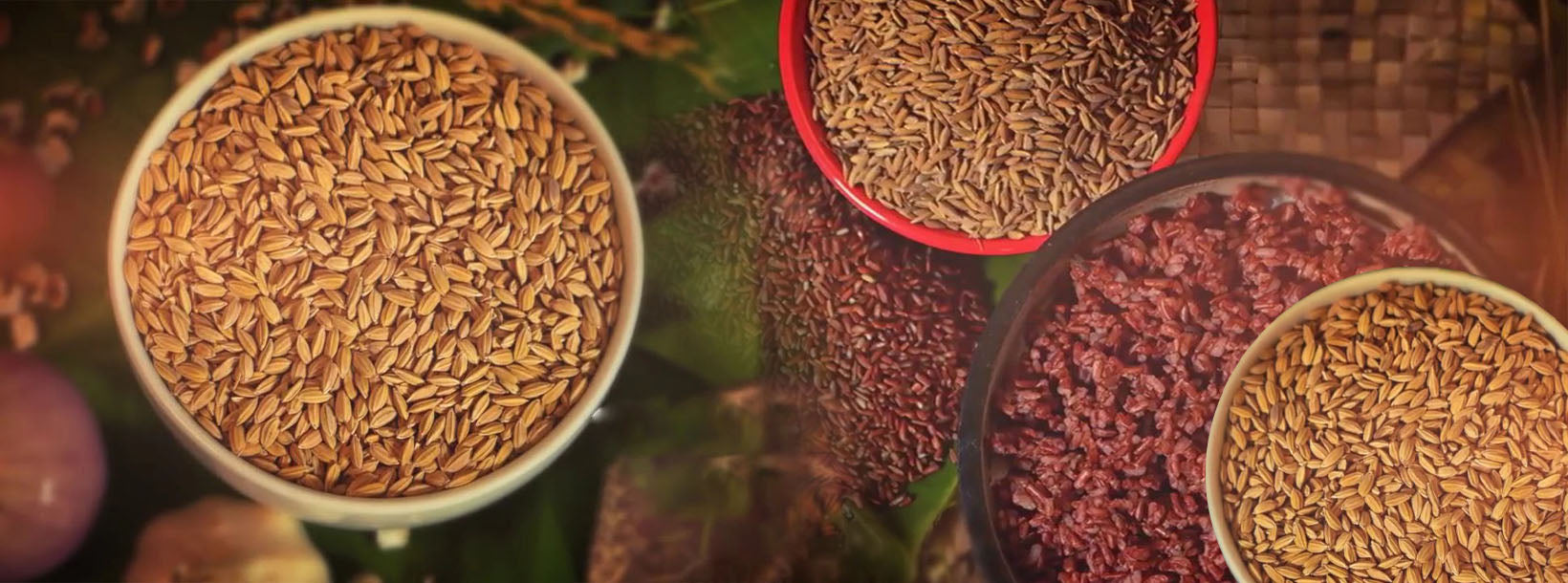
전통 쌀
벼농사는 스리랑카의 역사 및 문화와 오랜 연관을 맺어 왔으며, 스리랑카인들은 지난 3천 년 동안 농업에 기반한 생활 방식을 실천해 왔습니다. 기록된 역사와 고고학을 통해 수집된 증거에 따르면, 이 섬의 벼농사는 기원전 900년에서 600년 사이로 거슬러 올라갑니다.
Pachchaperumal
Pachchaperumal is another traditional rice variety from Sri Lanka, known for its unique characteristics and cultural significance. The name Pachchaperumal (පාච්චපෙරුමල්) is derived from the local language, with "Pachcha" meaning green and "Perumal" referring to a kind of sacred or revered title.
Appearance and Characteristics
- Color: It is known for its distinct greenish hue when harvested, particularly in the raw form, and it tends to have a golden color once cooked.
- Grain Texture: The grains are medium-sized and slightly oval. When cooked, Pachchaperumal rice tends to be fluffy and soft, making it suitable for a variety of traditional Sri Lankan dishes.
Flavor and Aroma
- Aromatic: Pachchaperumal is highly prized for its natural aroma, which enhances the overall taste of dishes. The fragrance is a key reason why it's favored for ceremonial and festive occasions.
- Taste: It has a mild yet rich flavor that pairs well with spicy and flavorful Sri Lankan curries.
Cultural Significance
- Traditional Importance: Pachchaperumal rice has a deep cultural connection, especially in rural Sri Lanka, where it is often used for religious offerings, ceremonies, and weddings.
- Heritage: This rice variety is part of Sri Lanka's agricultural heritage and is celebrated for its resilience and ability to grow in diverse conditions.
Health Benefits
- Like other traditional rice varieties, Pachchaperumal is considered healthier than more processed, commercial rice types. It has a higher nutritional profile, retaining more of its natural fiber, vitamins, and minerals.
Usage
- Culinary: It is commonly used to make traditional dishes like kiribath (milk rice), pittu (a steamed rice flour dish), and rice and curry. The unique aroma and taste of Pachchaperumal make it ideal for celebratory meals.
- Agricultural Significance: This rice is often cultivated using traditional farming methods, maintaining an ecological balance and contributing to sustainable agriculture.
Pachchaperumal rice is celebrated not only for its culinary qualities but also for its cultural and historical value, making it an important part of Sri Lankan food heritage.
-
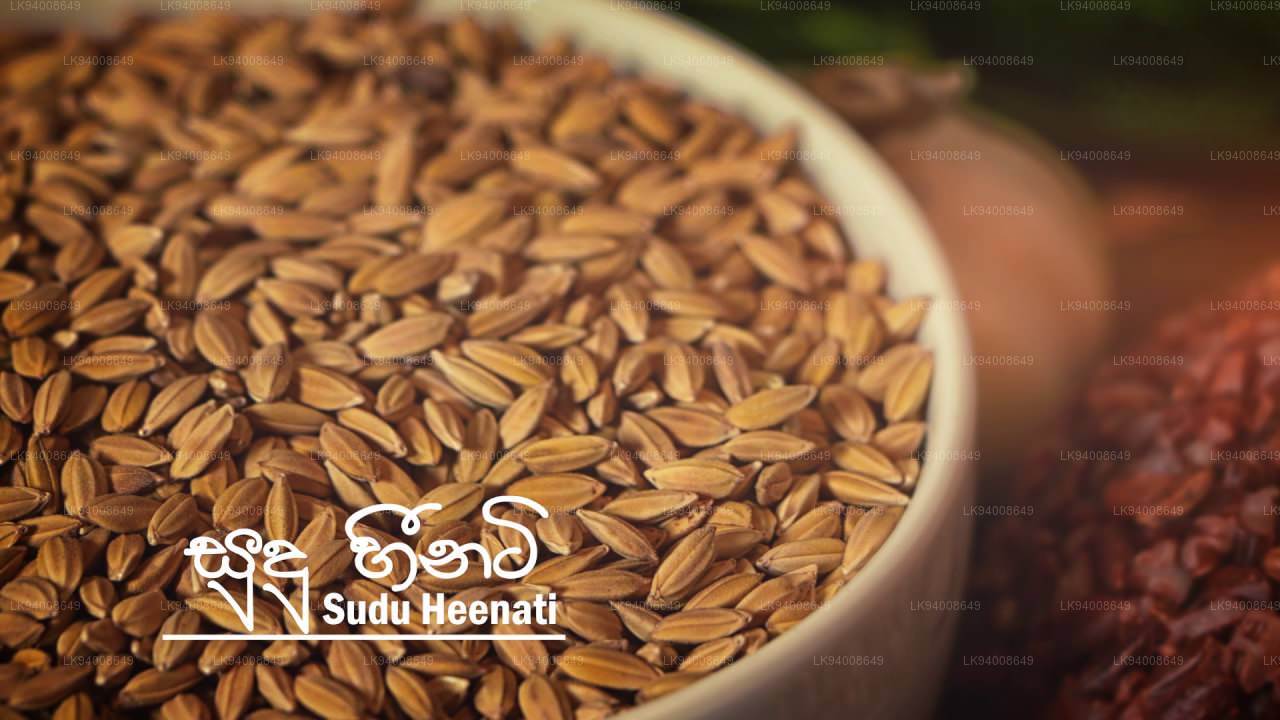 Sudu Heeneti
Sudu HeenetiSudu Heeneti, een kleine witte erfgoedrijstsoort, is zeer voedzaam, rijk aan antioxidanten en ideaal voor traditionele Sri Lankaanse medicinale diëten. De rijst heeft een zachte textuur en een milde, aardse smaak.
-
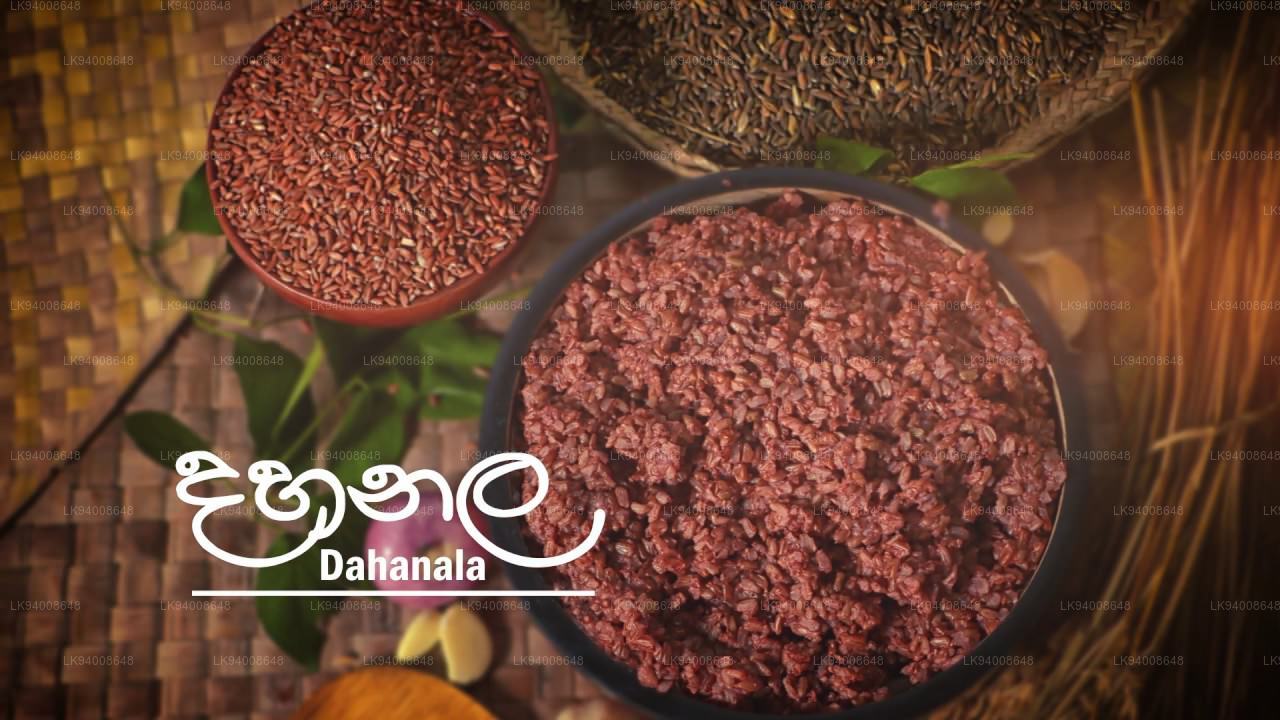 Dahanala
DahanalaDahanala is een zeldzame, voedzame, traditionele rijst met een roodachtige tint. Hij is geliefd vanwege het hoge vezelgehalte en de milde, zoete smaak, waardoor hij perfect is voor pap en gezonde maaltijden.
-
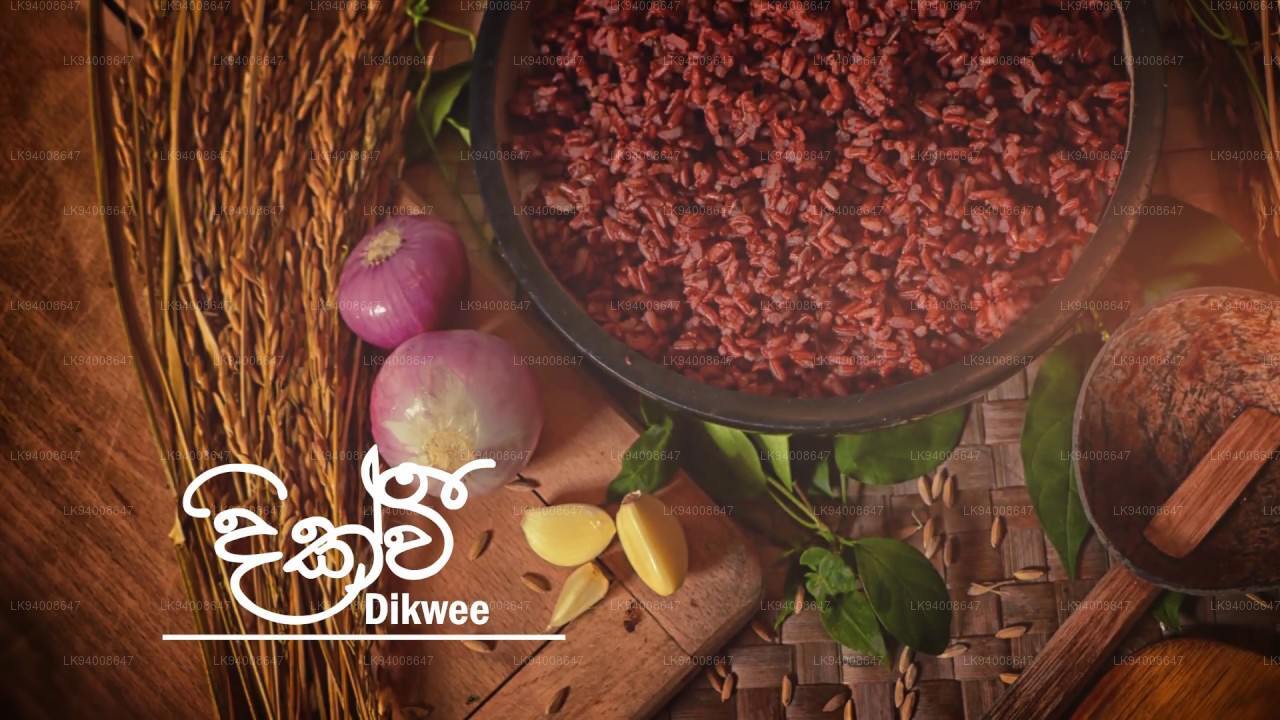 Dik Wee
Dik WeeDik Wee is een middelgrote rode rijstsoort die traditioneel in Sri Lanka wordt verbouwd. De plant wordt maximaal 150 cm hoog. Deze rijst kan binnen 4 tot 4,5 maanden na het zaaien worden geoogst.
-
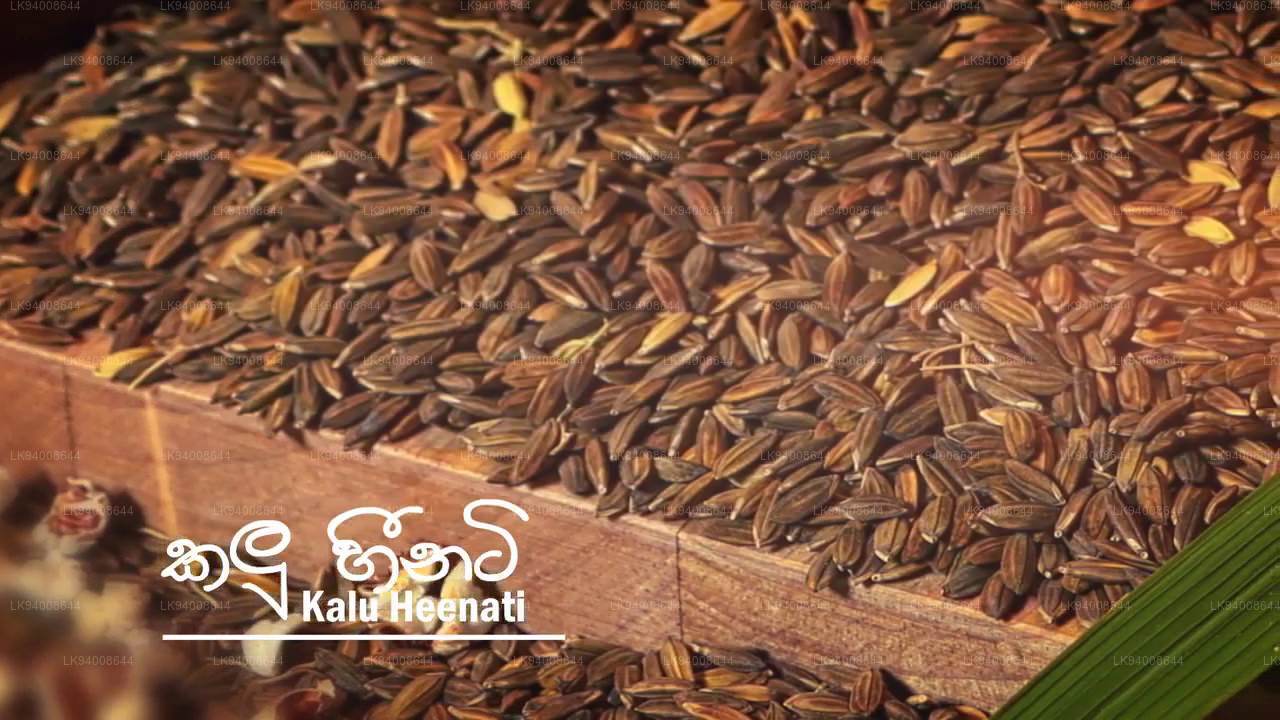 Kalu Heeneti
Kalu HeenetiDeze rijstsoort wordt Kalu Heeneti genoemd vanwege de kleur van zijn lemma en palea die bij rijpheid zwartachtig worden. Hij wordt traditioneel verbouwd in Sri Lanka en produceert een rode, middelgrote korrel. De plant ontwikkelt zich tot een maximale hoogte van 120 cm.
-
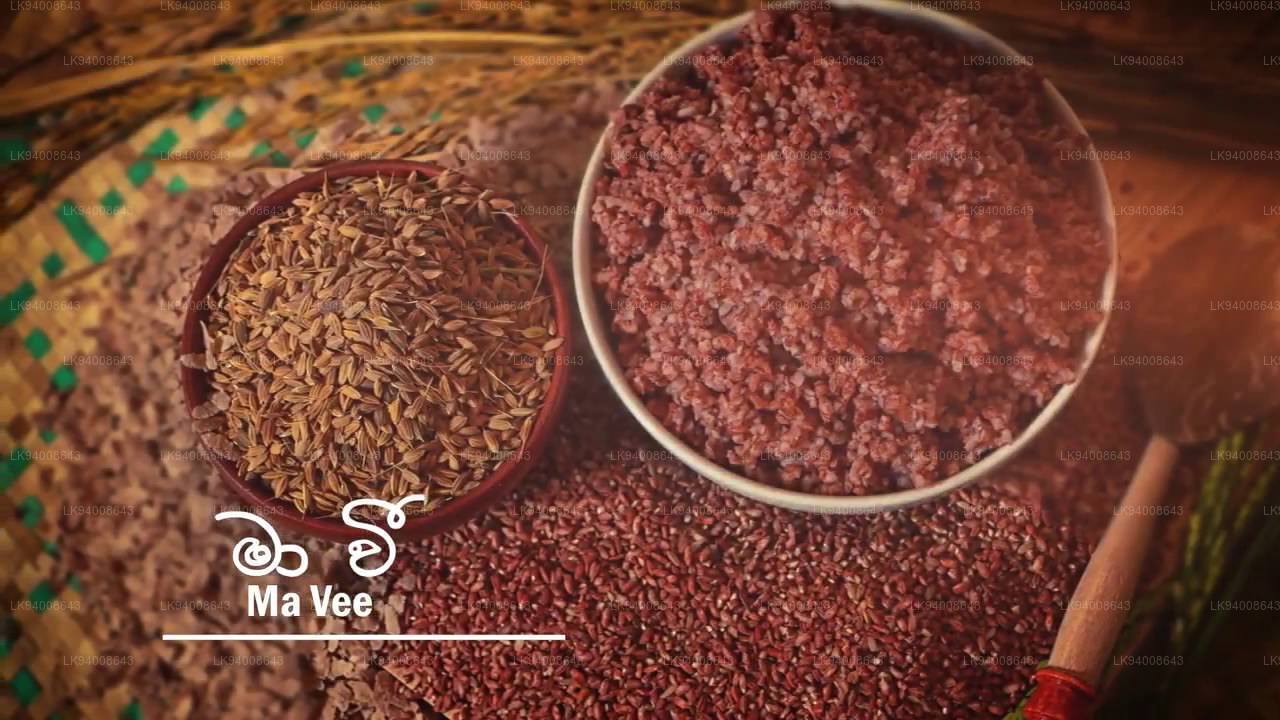 Ma Wee
Ma WeeMa Wee is een rode rijstsoort die traditioneel in Sri Lanka wordt verbouwd. De korrel varieert in grootte en vorm van korte, ronde variëteiten tot lange, middelgrote variëteiten. Het is een van de hoogste rijstplanten die wordt verbouwd en groeit tot een maximale hoogte van 350 cm.
-
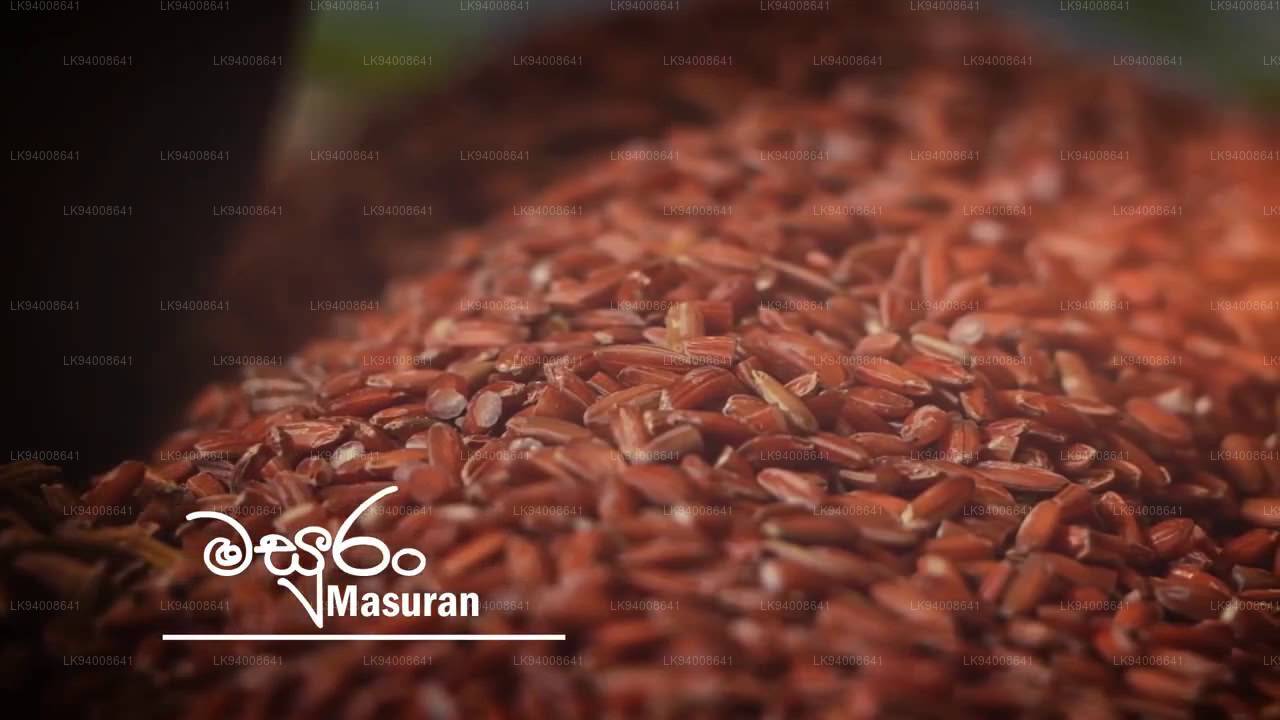 Masuran
MasuranMasuran is een populaire, middelkorrelige rode rijstsoort die traditioneel in Sri Lanka wordt verbouwd. De plant bereikt een maximale hoogte van 120 cm en is bestand tegen legeren. Deze oogst kan binnen 3,5 maand na het zaaien worden geoogst tijdens het Yala-seizoen en binnen 4,5 maand in het Maha-seizoen.
-
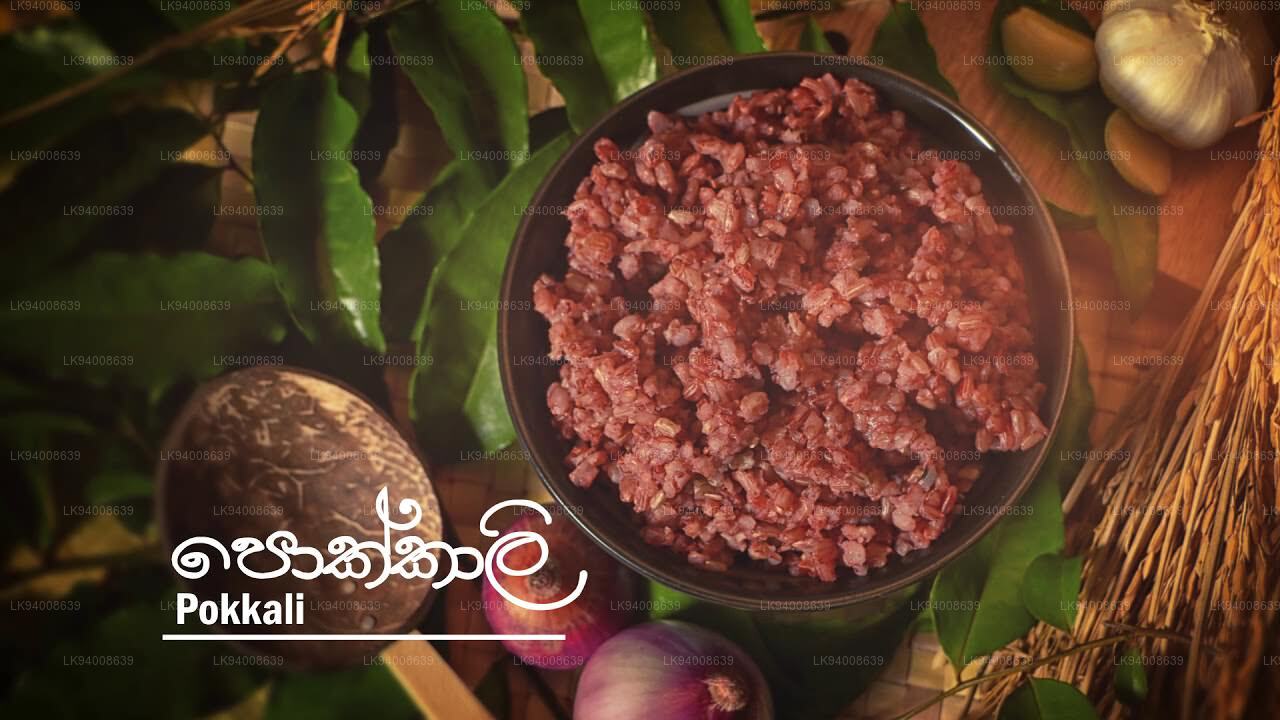 Pokkali
PokkaliPokkali is een populaire rode rijstsoort die traditioneel in Sri Lanka wordt verbouwd. De stengel van de plant is ongeveer 130 cm hoog en draagt ongeveer 10 uitlopers per plant. Deze plant kan binnen 3,5 maand na het zaaien worden geoogst.
-
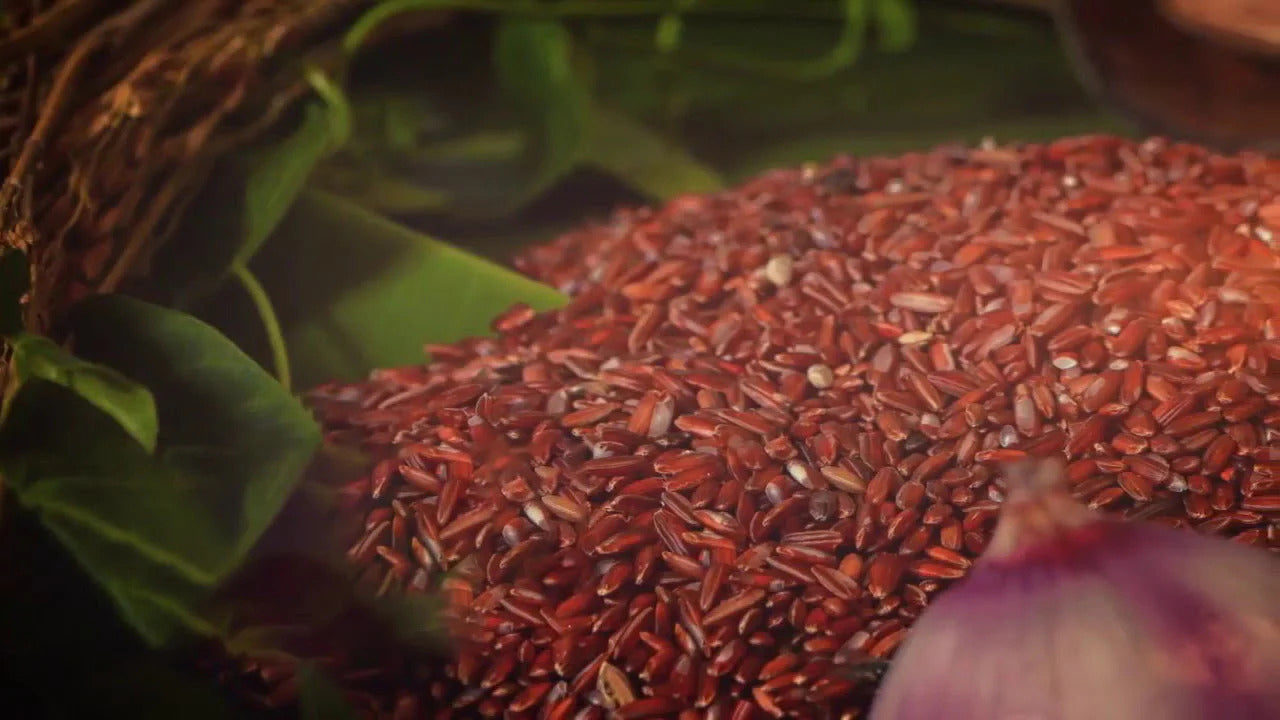 Pachchaperumal
PachchaperumalPachchaperumal is een zeer populaire, middelkorrelige rode rijstsoort die traditioneel in Sri Lanka wordt verbouwd. De plant wordt maximaal 120 cm hoog. Deze plant kan binnen 3,5 maand na het zaaien worden geoogst. Tijdens het rijpingsproces verkleurt de stengel van de plant lichtblauw.
-
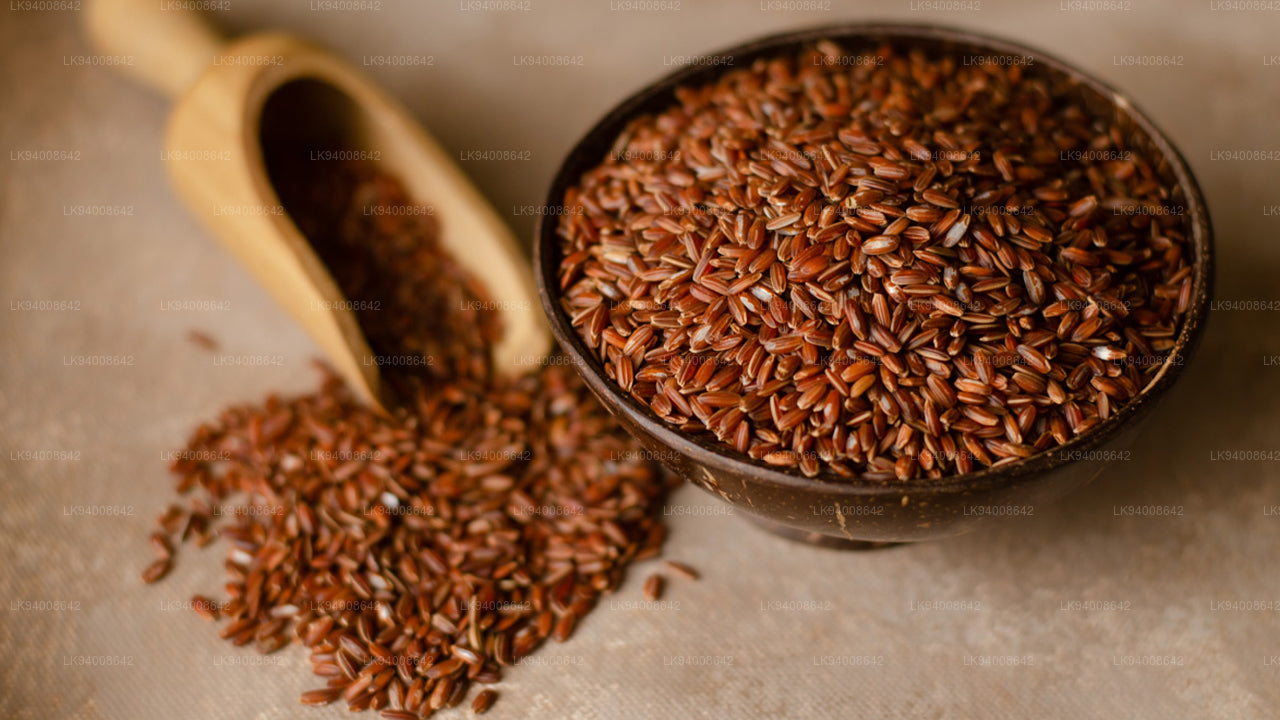 Madathawalu
MadathawaluMadathawalu is een zeer populaire kortkorrelige rode rijstsoort die traditioneel in Sri Lanka wordt verbouwd. De plant wordt maximaal 130 cm hoog. Deze rijst kan binnen vier maanden na het zaaien worden geoogst.
-
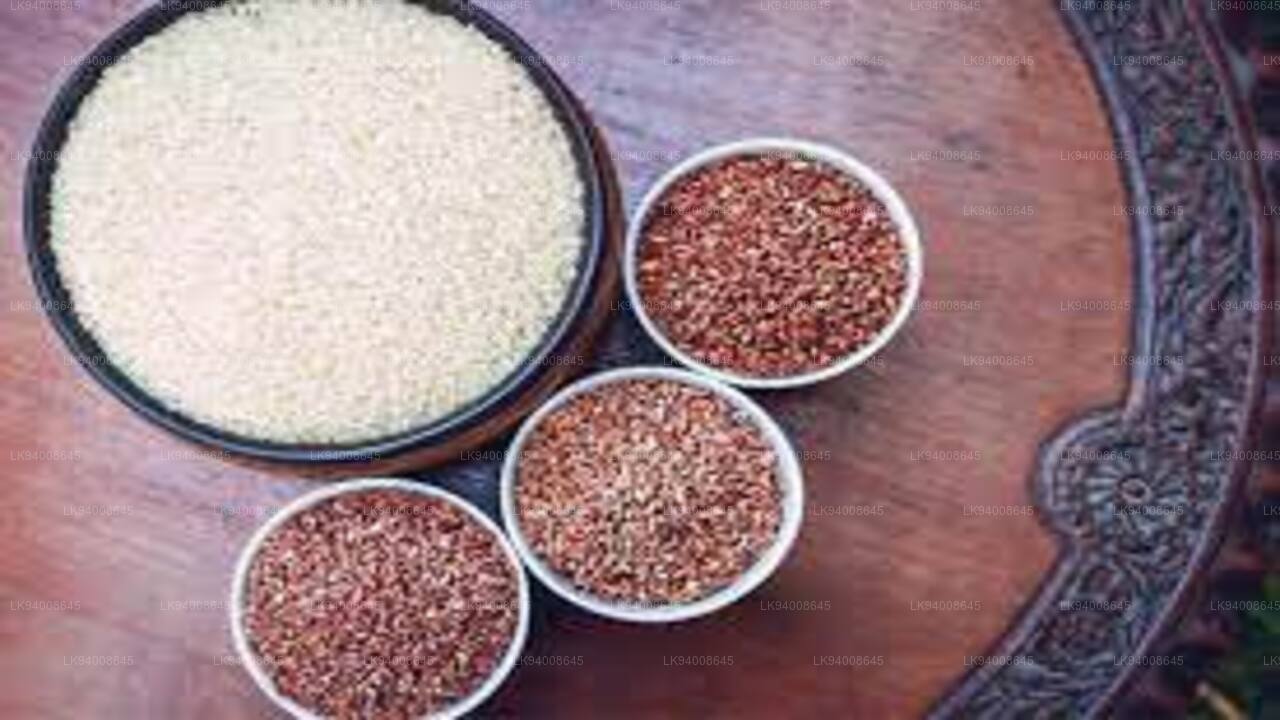 Gonabaru
GonabaruGonabaru is een populaire rijstsoort met een middelkorrelige korrel die traditioneel in Sri Lanka wordt verbouwd. De plant wordt maximaal 140 cm hoog. Deze rijst kan binnen vijf maanden na het zaaien worden geoogst.
-
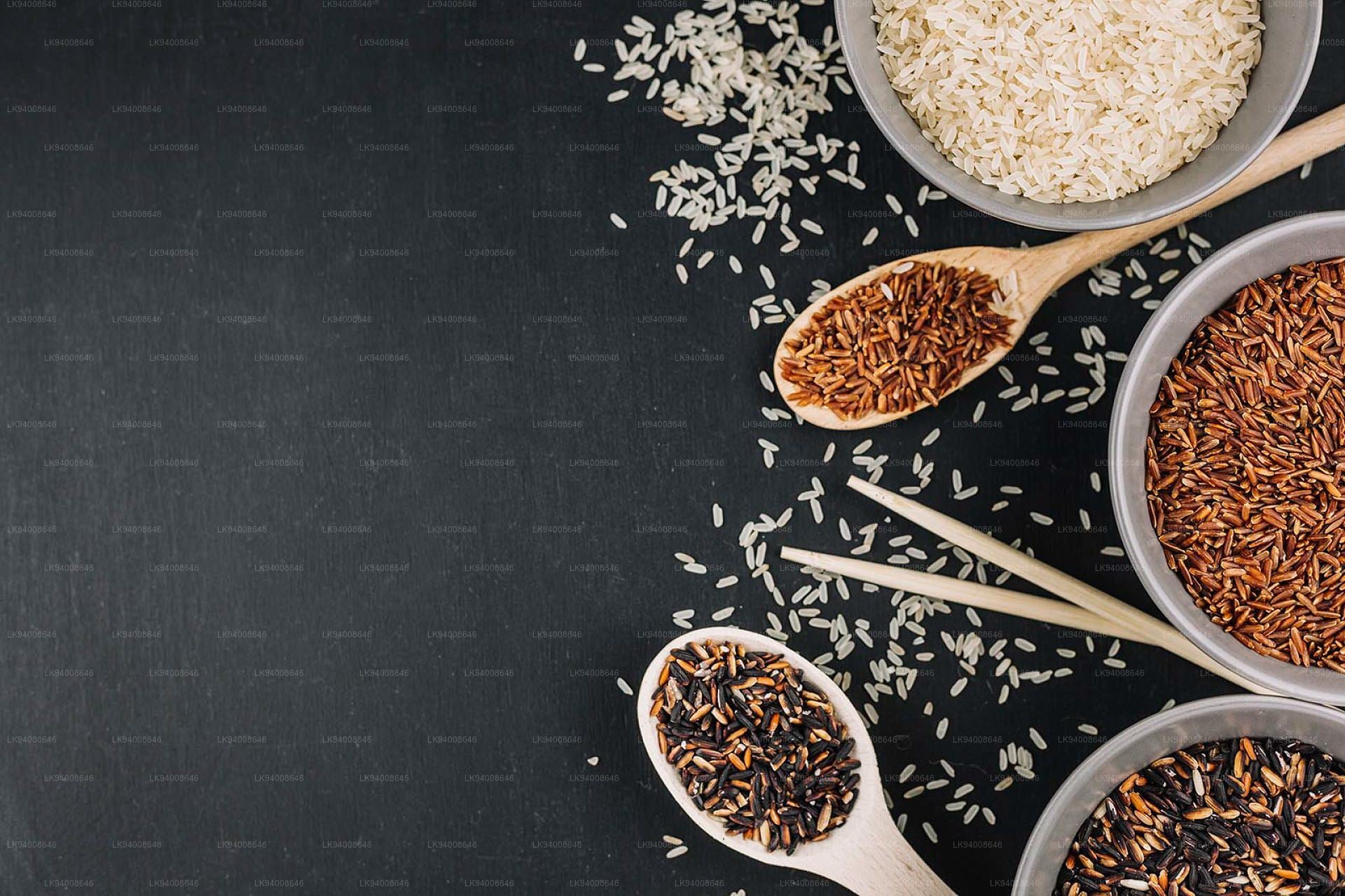 Goda Heeneti
Goda HeenetiGodaheeneti is een populaire, middelkorrelige rode rijstsoort die traditioneel in Sri Lanka wordt verbouwd en tot het heeneti-type behoort. De plant ontwikkelt zich tot een maximale hoogte van 160 cm. Deze oogst kan binnen 3,5 maand na het zaaien worden geoogst.
-
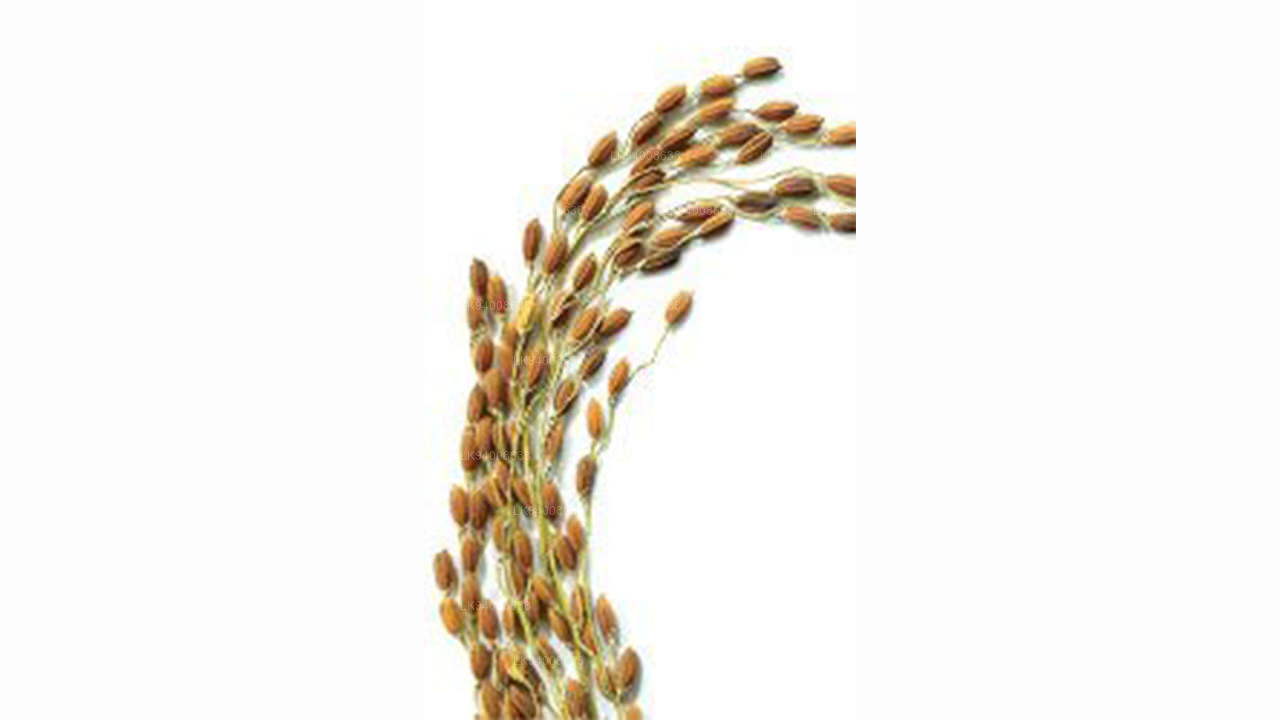 Rath Suwandal
Rath SuwandalRathsuwandal is een populaire, middelkorrelige rode rijstsoort die traditioneel in Sri Lanka wordt verbouwd. De plant wordt maximaal 120 cm hoog. Deze rijst kan binnen 3,5 maand na het zaaien worden geoogst.



















